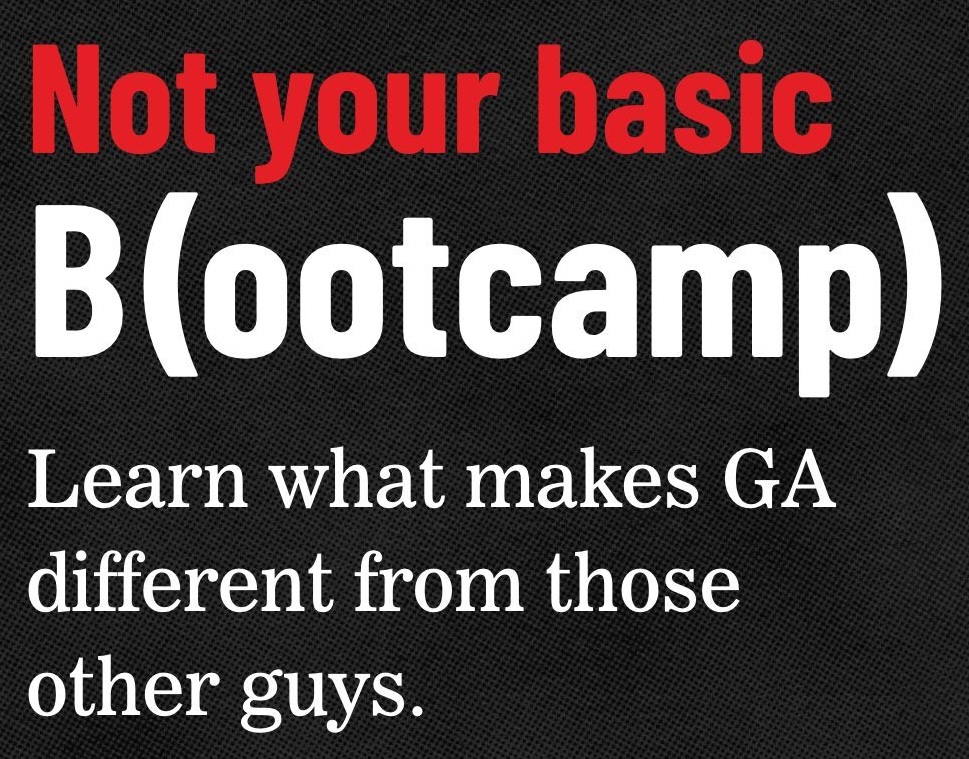THE LATEST TECH WORKFORCE TRENDS. RIGHT HERE.
What’s trending now? We help you keep up. As the top name in tech training, we partner with top business leaders and other experts to stay ahead of what’s next – and help you stay up to speed.
NOT YOUR BASIC BOOTCAMP
At General Assembly, we’re not just another tech bootcamp. We’re the pioneers, the trailblazers, and the innovators of the tech education landscape.

LATEST POSTS

Sharpen your skills before the year ends with a tech short course

Why cybersecurity awareness is everyone’s responsibility

Leaders are gaining ground on AI skills—but big gaps remain

Stay motivated post-summer with habits that actually stick

Career Tarotscopes for October 2025

What a healthy AI training budget looks like in 2026

Why AI training is essential for every role and industry

Entry-level workers still seen as unprepared—soft skills gap widens
Let’s Connect
Whether you’re an employer looking to level up your tech team or a learner here to transform your career, we’re ready to help. Give us your info — and we’ll get in touch.
